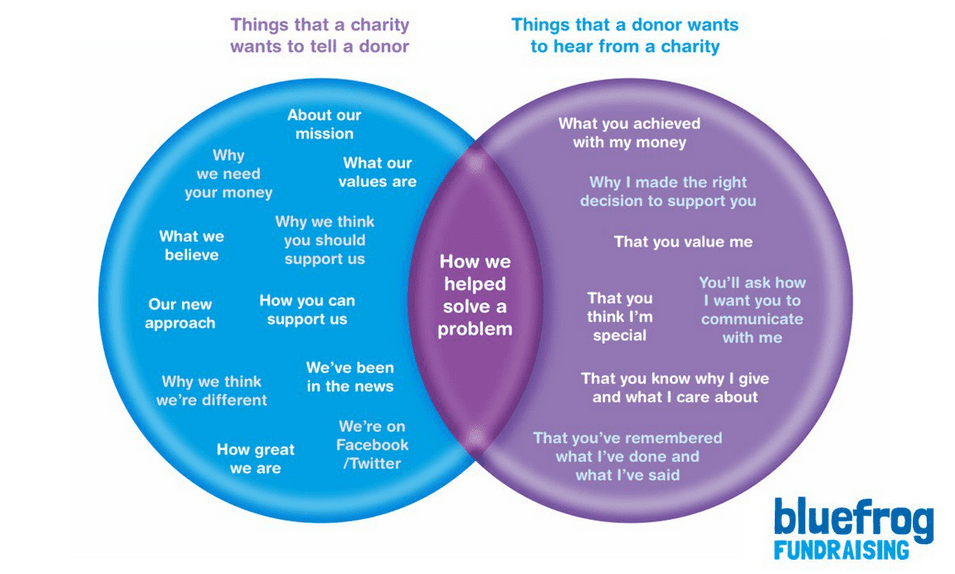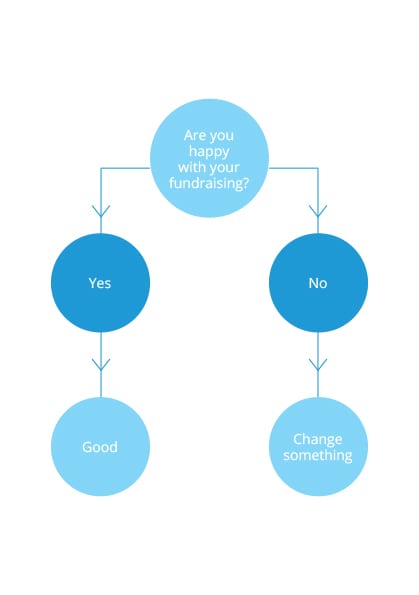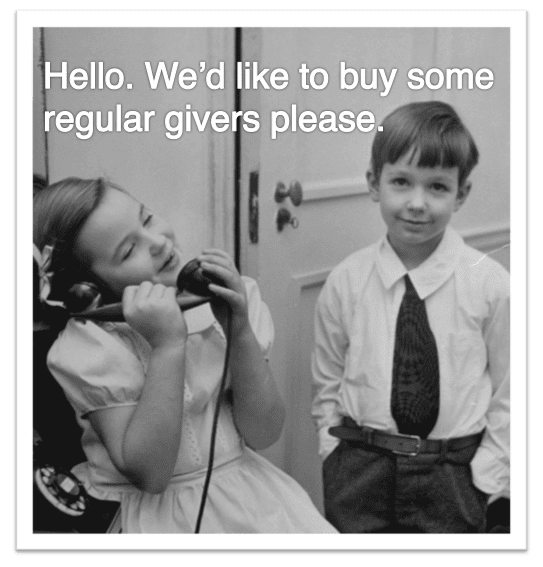The anatomy of a failed campaign
A few weeks ago, I questioned the decision of the D&AD to award a coveted Yellow Pencil to a student team for an idea that they developed for Oxfam.
The D&AD asked me to write a follow up piece that you can read here. Or for those who are a little short on time, you might prefer the Reader's Digest version...
The creative process that ignores the needs of donors is a waste of time and money.
It's why I always find the news that yet another charity has appointed yet another above the line agency to develop a mould breaking campaign so depressing.
The fact is, good fundraising isn't actually broken. Even in these tough economic times it still works very well. So rather than rejecting it for the best guesses of people who have never raised money in their lives, I'd suggest that any charity concerned about income should embrace traditional fundraising techniques tighter than ever.
And to help illustrate what might happen if you decide to do otherwise, I'd like to point you in the direction of a rather remarkable but cautionary tale on SOFII.
It's written by Lucy Gower and features an account of ActionAid's failed 'What a Feeling' campaign given by their ex director of fundraising, Richard Turner.
It's remarkable because for the first time (that I'm aware of), somebody has been brave enough to give an honest account of what can actually happen when a revolutionary new fundraising strategy is implemented.
Lucy explains...
"The idea came from meeting supporters. The team deliberately got a diverse group together to hear them talk about ActionAid. What stood out was the way they spoke about what they gained. This tallied with the anecdotal comments from supporters when meeting fundraisers; as a result of donating, fundraising, or campaigning for ActionAid, supporters would frequently describe their feelings. Therefore it was decided that this would be the basis of the campaign - real supporters sharing their real feelings to encourage other people like them to sign up to help ActionAid..."
It was a complex strategy that used a wide range of traditional and new media. This video helps give a flavour of the approach and the thinking behind it.
And the results?
..."Despite the conviction of Richard and the fundraising team that they were onto something great, the campaign failed. ActionAid didn’t reach the targets for sign ups to new direct debits. They missed them by a mile."
You should read the whole article as Richard has obviously thought long and hard about the reasons for the failure, but I'd particularly like to highlight three key points that we should all remember...
- Spend your time understanding the problems you actually need to tackle (such as high attrition or poor recruitment) before embarking on broad engagement / awareness campaigns.
- Don't lose focus on the work that donors want to fund.
- Test your ideas and only roll out once they have been proven to work.
As Lucy points out, ActionAid were actually on to something with 'What a Feeling'. I strongly believe that the emotional rewards we receive in return for helping others is our sector's 'product'.
But my sneaking suspicion is that donors don't really want to think they are giving for 'selfish' reasons. To my mind, this very thought is likely to reduce the power of the feelings that, as fundraisers, we are trying to generate in the first place.
I also think it is worth including the short-lived TV ad produced by OgilvyOne London that followed the campaign's launch. You can find out what happened after this was run here.
A massive, massive thanks to Richard for being so open about the campaign. As Lucy says...
"I hope that sharing his experience will help us all learn, as well as encourage us to be more open about failure in order that we can ultimately all fundraise more effectively for the causes that we are passionate about."
Update: Richard has posted more thoughts on this campaign on his blog. You can read them here.
Tags In
The Essentials

Crack the Code to Regular Giving: Insights, Strategies, and a Special Giveaway!

‘Tis Halloween. Keep to the light and beware the Four Fundraisers of the Apocalypse!

Why do people give? The Donor Participation Project with Louis Diez.

A guide to fundraising on the back of a postcard

What does the latest research tell us about the state of fundraising?








